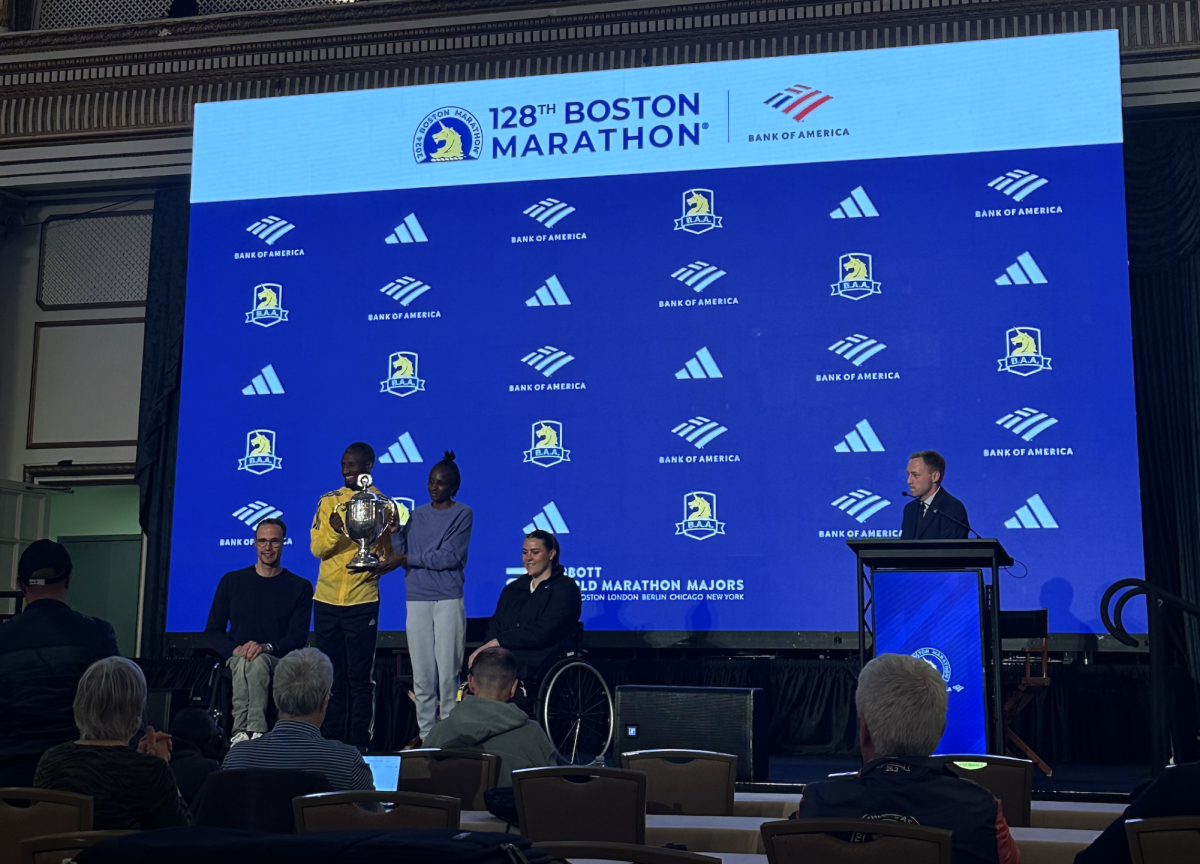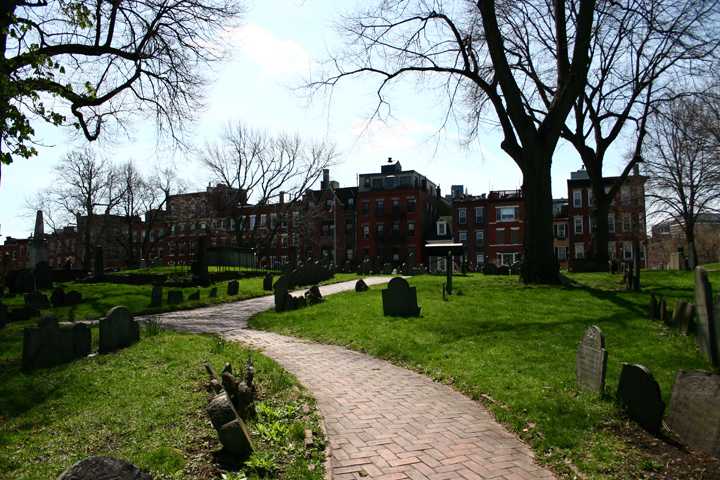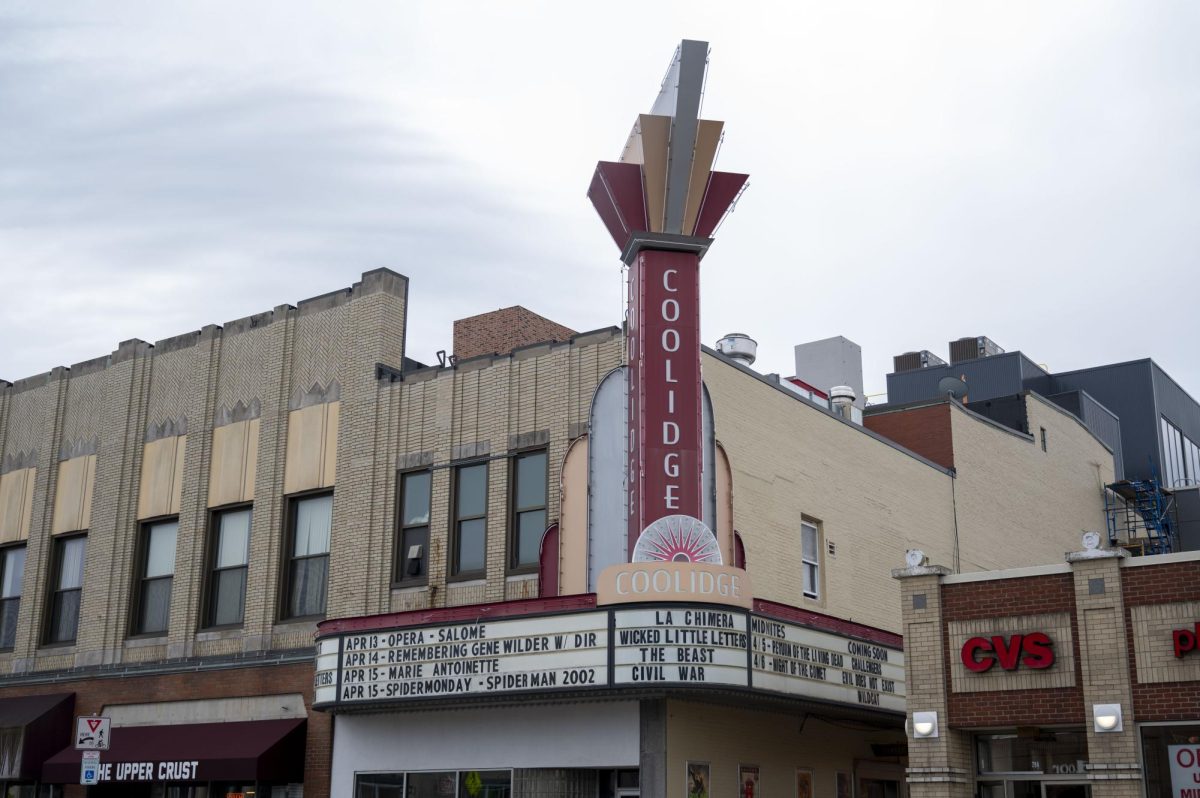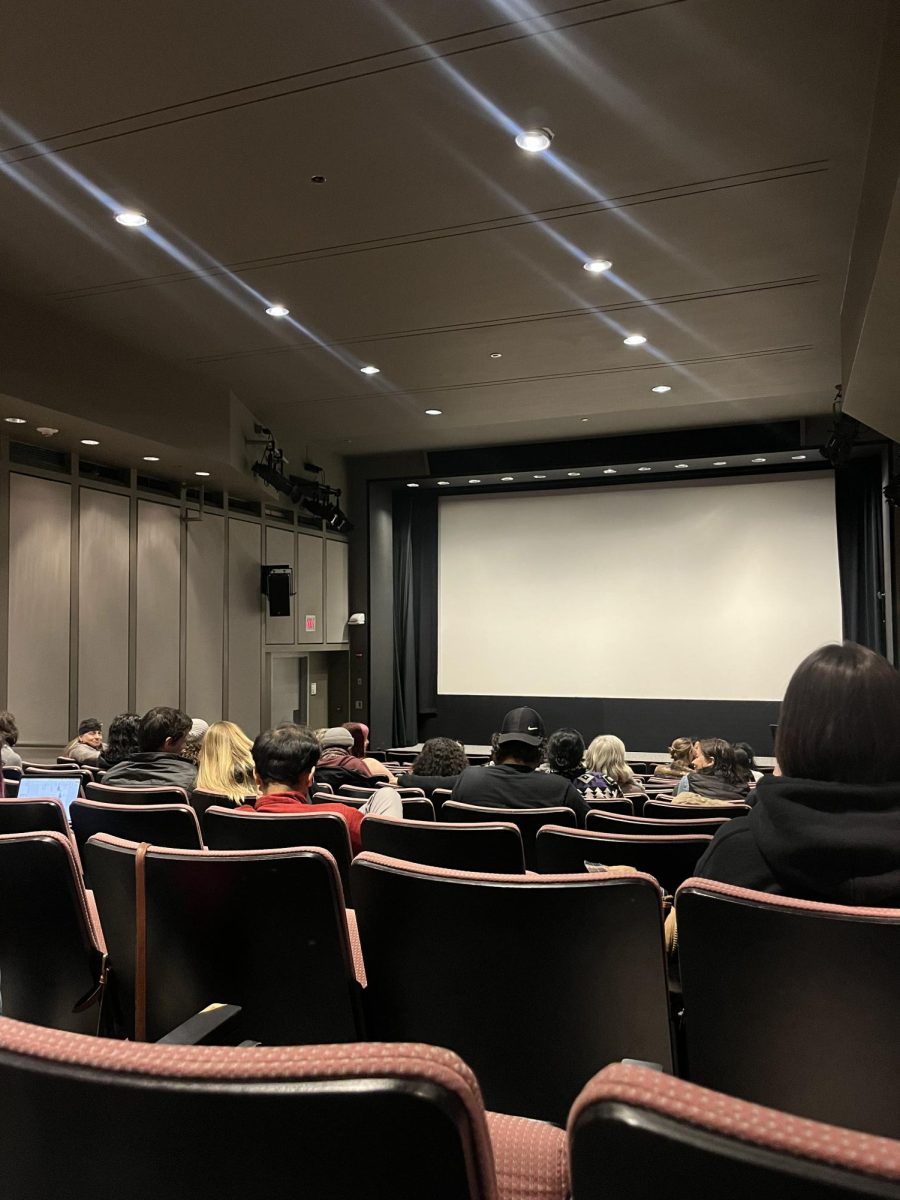by Anmolpreet Kandola, news correspondent
Before Boston became the social and intellectual hub it is today, the city played host to infamous tales of crime, disease and murder.
The Dark Side of Boston tour, led by the nonprofit Boston by Foot, explored a hidden side of the North End that isn’t typically advertised on a TripAdvisor website.
Starting from 200 Hanover St., the walking tour winds through Boston’s oldest neighborhood, rich with stories of horror. A tour guide at the helm tells stories dating from the early 1600s to as recent as 1950.
“We pride ourselves on in-depth stories with historical integrity,” Samantha Nelson, executive director of Boston by Foot, said. “We don’t have gimmicks and we don’t sensationalize. Boston by Foot is all about having enriching experiences, based in facts.”
The scene is first set with a story of the 1840s influx of Irish immigrants into what is known as the underside of Boston, and their life in cramped tenements. From the sport of “ratting,” having terriers kill rats and betting on the duration of the fight, to gambling and prostitution venues, it was a place where being alone meant one could end up dead and stripped of all belongings before the night was over.
The tour stopped at the homes of Cotton Mather, the minister who was shunned for inoculating people during the 1770s smallpox infection, and Charles Ponzi, inventor of the Ponzi scheme. The walk matched infamous tales with the actual locations where they occurred decades or centuries ago.
Copp’s Hill Burying Ground stood out on the tour as an ominous site. One story about the cemetery detailed graverobbers unearthing bodies from their coffins and selling them as cadavers to medical schools like Harvard University. Another story detailed how Boston Brahmin John Webster murdered a man by chopping his body into small pieces and then trying to burn the flesh. After being discovered and publicly hanged, Webster was buried in Copp’s Hill.
Other sites included the scenes of the infamous 1919 Great Molasses Flood, the 1950 Brink’s Robbery and the vandalization of the Royal Gov. Thomas Hutchinson’s home.
As the tour got farther away from Haymarket Square and into the smaller cobbled streets of the city, walkers found themselves immersed in the historic homes of Boston. Some of the buildings date back to the 16th Century.
“The rush of immigrants in the 1840s was one of many times the wealthy separated themselves from the poor, and the influx of many different types of people often resulted in chaos. Even the police were afraid to come here,” Bob Perkins, a tour guide, said.
The tour also spoke to how the poor, uneducated and minorities were treated.
Early immigrants were forced to live in tenement-style housing and black families were displaced from their homes during times of segregation. As if this wasn’t horrific enough, the lower classes often lashed out by murdering innocent people.
Short walks in-between the long list of crimes forced one to consider all of the history that has made Boston into the melting pot it is today.
The tour itself was the culmination of a genuine love for the city and a desire to show its rich, though sometimes graphic, history.
“All of us tour guides at Boston by Foot are volunteers. We seek to create an intimate experience for tourists by showing them what Boston has to offer,” Perkins said.
All of the tour guides gather to put together facts, and then each guide takes their own individual storytelling approach to bring the facts to life.
“It’s unlike the regular tours about the history of Boston,” Perkins said. “We’re thinking of making a scandal tour and branching outwards from this concept.”
Photo courtesy April Killingsworth, Creative Commons














